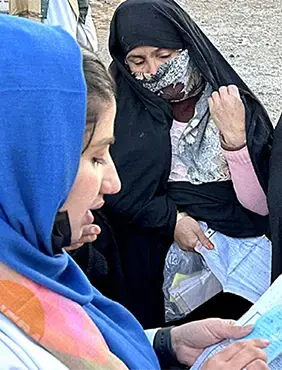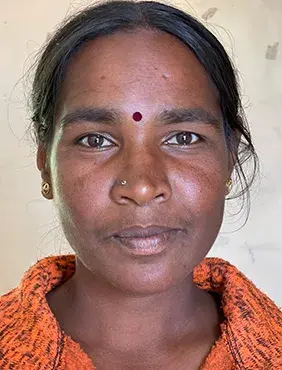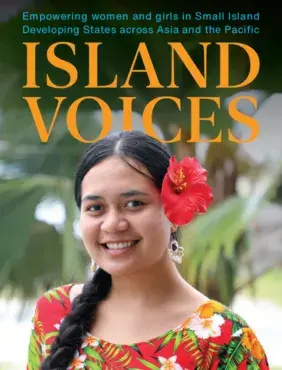Publications
Publications
Publication
Enhancing autonomy and decision-making: Cash assistance for women’s health and wellbeing in post-earthquake Herat, Afghanistan
Cash assistance for women’s health and wellbeing in post-earthquake Herat
Read more
Technical Reports and Document
A Case Study on the Implementation of Project Pravah at Shahi Exports
The garment and textile sectors employ millions of women worldwide, and a significant share of manufacturing takes place in factories and companies across Asia. In the broader Asia...
Read more
State of World Population Report
State of World Population report 2024
Thirty years ago, governments around the world agreed that reproductive health and rights are foundation stones of global development – a groundbreaking consensus that paved ...
Read more
State of World Population Report
Highlights of the State of World Population report 2024
This is a brochure which captures key highlights coming out UNFPA's 2024 State of World Population report.
Read more
Publication
Timely, tailored and local cash and voucher assistance
UNFPA Asia Pacific recognizes that Cash and Voucher Assistance (CVA) can directly contribute to the Three Transformative Results that UNFPA is committed to achieving by 2030: zero ...
Read more
Publication
Taking Stock: Sexual and Reproductive and Health and Rights in Climate Commitments: An Asia and the Pacific Review
UNFPA, in collaboration with Queen Mary University of London, conducted a systematic content analysis of SRHR references and related thematic areas in NDC documents for 25 out of t...
Read more
Publication
Taking Stock: Sexual and Reproductive and Health and Rights in Climate Commitments: An Asia and the Pacific Review Summary
UNFPA, in collaboration with Queen Mary University of London, conducted a systematic content analysis of SRHR references and related thematic areas in NDC documents for 25 out of t...
Read more
Publication
Island Voices
This booklet, ‘Island Voices’, is a collection of stories that highlight the issues, but also the actions that women and young people are taking across SIDS i...
Read more
Technical Reports and Document
Breaking the Cycle: Addressing the Burden of Obstetric Fistula in Afghanistan
This brief was prepared by UNFPA Asia-Pacific Regional Office, in collaboration with UNFPA Afghanistan Country Office, outlining the country context, challenges and opportunities t...
Read more









